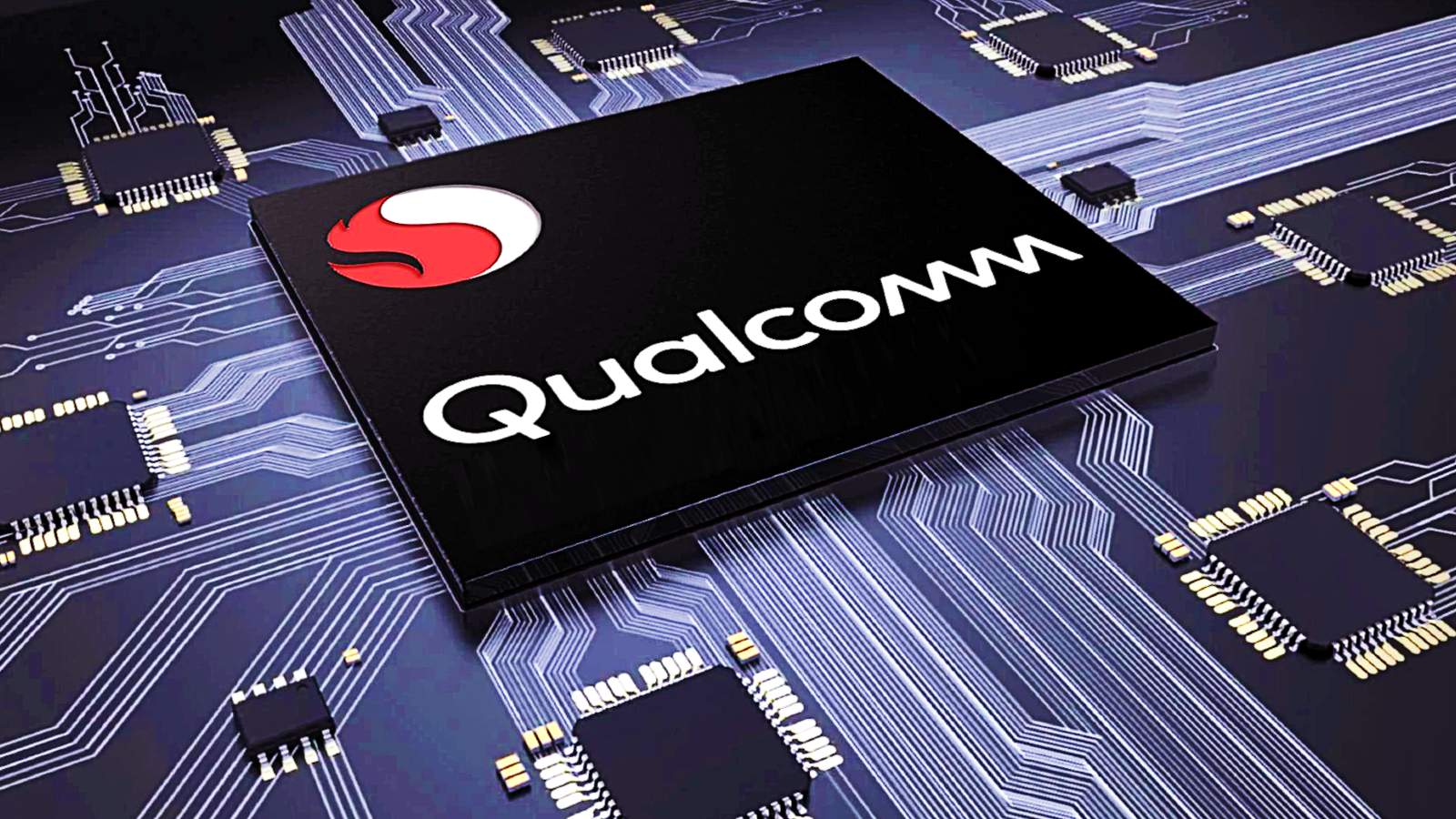Assembly Factory Size
When you set out to get a custom Android development, tablet or smartphone or any custom Android device, there are a lot of considerations to take into account which will impact the success of your project.
Deciding on the right supplier to work with is the initial and most important decision to ensure you get the best result possible. Successfully choosing who you work with requires understanding what your own needs are, asking the right questions to determine which supplier will best address those needs, and understanding what the suppliers are thinking.
This article is the beginning of a series of articles regarding considerations to make when approaching a new custom Android project.
Order Quantity
Order quantity affects the criteria for manufacturing facility selection. This article assumes that all custom Android development projects are part of a mass production order, not only development, as most Shenzhen suppliers won’t accept a development only project.
Chances are higher than a smaller size assembly facility will accept smaller volume orders, while a larger facility is looking for higher volume orders. Beyond the basic distinctions, a range of more detailed factors will also impact the project’s success.
Find out what these factors are below. Smaller quantity orders can be defined as having less than 10k units and repeat less than 4 times per year.
Smaller Size Manufacturing Facility
Price always plays a role. Due to lower economies of scale, the price per unit should be higher for small orders of commodity Android tablets and smartphones (and much higher for custom orders), as all the same admin and development costs get averaged among fewer units.
During high season, the turnaround time of an order may be longer than usual at a smaller facility because their capacity cannot grow quickly as demand spikes. To ensure that your production happens in a reasonable amount of time, it helps to plan in advance with the supplier.
If the typical quantity sharply increases at any point, a smaller supplier will face challenges maintaining the same level of support and quality, especially if they haven’t done multiple orders of the product before. If they’ve done multiple production runs then this risk becomes less significant.
The challenges arise because the factory has commitments to other clients, who expect their orders completed in the normal amount of time, that will be pressuring the factory to get their goods out while yours are in production.
Again, planning helps so that the factory can give their other clients advanced warning. In the event of a factory not having enough capacity one solution is outsourcing.
This usually costs more because the original factory must pay the outsourced factory for their assembly and testing services while earning money themselves. If the outsourced factory operates at a high-quality standard the original factory doesn’t need to supervise as much, otherwise, outsourcing requires active management.
Recommendation: confirm that the original factory has enough management resources to support managing an outside entity before agreeing to have your production outsourced (of course you may not have much say in the matter, to begin with depending on the circumstances).
Smaller manufacturing facilities may, though not definitely, have less working capital available. If an order is larger than their cash reserves can support they may face problems with shipping on time.
The factory may feel shame or feel scared about the low cash reserves and not want to address the issue openly. If you trust the factory then consider offering them a higher deposit or discuss another possible solution to work through the problem.
Larger Size Manufacturing Facility
Larger manufacturing facilities can handle larger orders more quickly and absorb high volume orders more easily than a smaller facility. To cope with high volume orders larger manufacturers often have a group of trusted outsourced partners and more production lines of their own, making production support more scalable.
Plus their management layer includes more people to support managing outsourced production. Smaller orders often get outsourced at large manufacturing facilities, since they’re not so efficient for a larger factory to handle. More money comes from making a ton of the same thing rather than changing the production line and standard operating procedures (‘SOP’) multiple times to accommodate smaller orders.
Custom projects only get love from a larger facility if the volume is high enough or some other motivating factor exists, such as the value of the relationship for other business purposes. Larger assembly factories usually have resources available for custom projects, but they will only work on projects with enough quantity to justify using engineering, admin, and assembly resources.
Alternatively, the factory could charge a very high development fee, but they usually shy away from this approach as it doesn’t bring the long term ROI opportunity that an ongoing project does. If the customer can help align all the development resources, and the factory feels comfortable with the teams in place, this could alleviate some of the risks for a larger factory to lead a custom development.
Sometimes Hatch takes this approach when the situation calls for it, although all projects are different. Hatch puts together our client’s best foundation for success based on the specific project, not a one size fits all solution. This ending transitions well into the next article in this series.
In the next article, we’ll go over specific considerations in regards to custom product development. Until then keep your eyes open, assess the situation, and jump if you’ll survive the landing.
Yours truly, Ben Dolgin-Gardner, Hatch founder and Manufacturing Solution Expert



